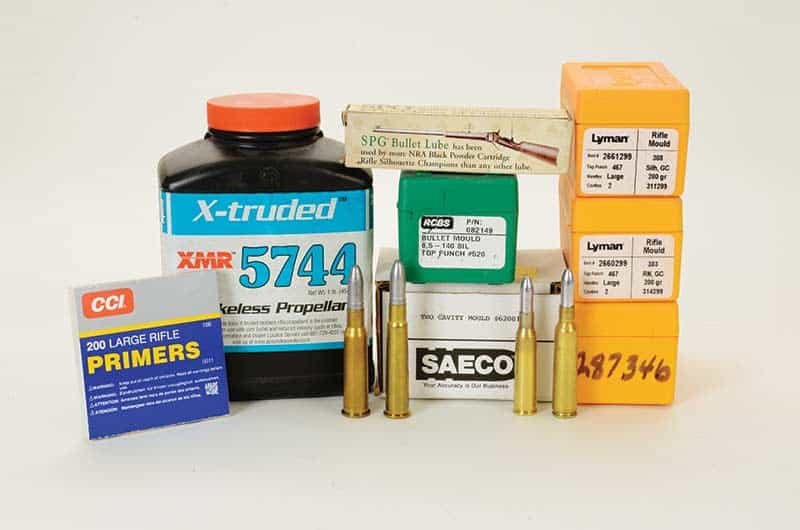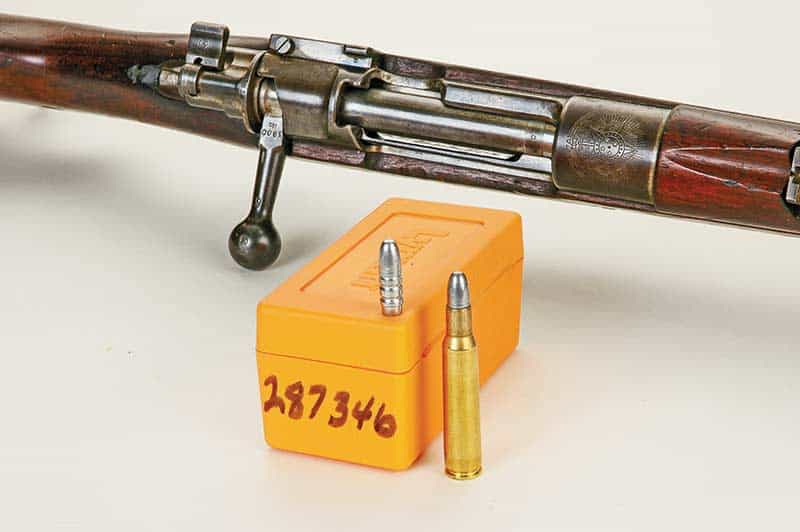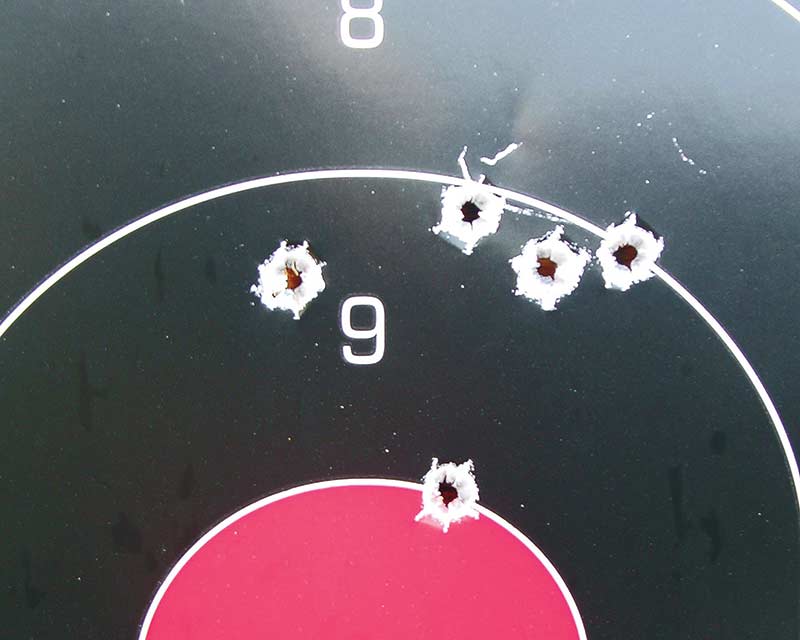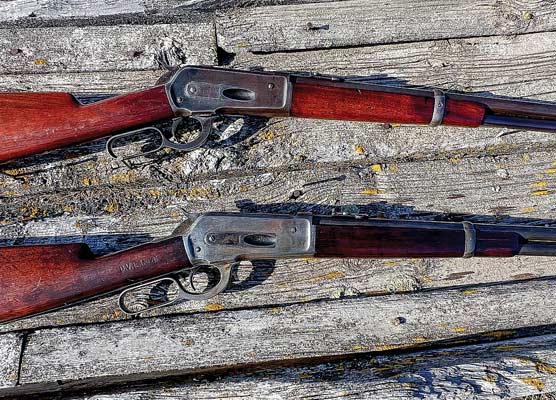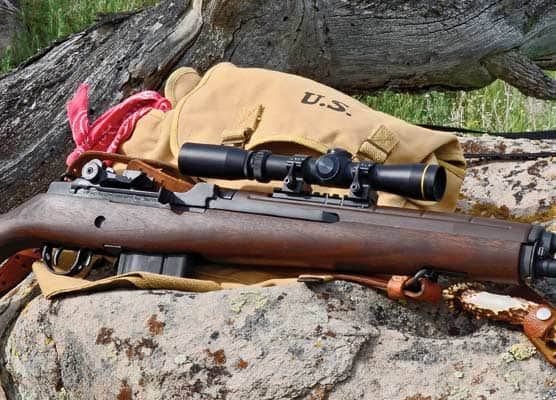Casting Mil-Surp Bullets
Economy AND Accuracy
For me, one of the joys of having a large collection of military surplus rifles is shooting cast bullets through them. Loaded to 1,500 to 1,800 fps, cast bullet loads give mild recoil, low muzzle blast and perhaps the least expensive shooting costs possible.
Consider the following. Most 6.5mm to 8mm jacketed bullets are running from $30 to $40 per hundred. Full charges of propellants are a low of about 35 grains for rounds like the 6.5x50mm Japanese up to a maximum of 55 grains for the larger rounds such as .30-06. How about we pick 7x57mm Mauser for a good in-between example? Most smokeless powders now are at least $30 per pound. Let’s use 40 grains as a charge for 139-grain, 7mm jacketed bullets. My calculations show $17.14 for 100 rounds. Add in, say, $35 for jacketed bullets and at least $10 for 100 primers. This means to fill a 100-round box of 7x57mm with jacketed bullet handloads costs about $62.
The Loads
Now let’s look at cast bullet loads, again using 7x57mm Mauser. My current 7mm cast bullet is Lyman design #287346, which their catalog rates at 135 grains. A pound of suitable hard alloy will give 51.8 of those bullets but we will settle on 50 considering spillage, etc. Alloy bought commercially averages about $2 a pound. This nets the shooter 100 bullets for $4 of alloy. (Veteran bullet casters are good scroungers so bullet costs can be reduced substantially by searching salvage yards.) However, we need to add bullet lube and gas checks. My guess is you can lube about 500 bullets for a $5 stick of bullet lube and gas checks cost about $35 per 1,000. Some shooters eschew gas checks but I consider them a necessity. Those two components will add a maximum of another $4 per hundred. So by my figuring, 135-grain cast 7mm bullets will run about $8 per hundred.
To keep matters simple, let’s assume the cast bullet propellant charge is 20.0 grains or 350 loads per pound of powder. This figures to $8.57 for 100 cast bullet loads if the powder cost was $30. Unfortunately there is no way to reduce primer cost with cast loads, so that figure remains $10. To fill a 100-round box of 7x57mm cast bullet handloads, the cost would be $26.57 but let’s round that off to $27. Of course, naysayers will accuse me of ignoring the expense of getting set up for bullet casting. They are correct, but get this — I’ve been a caster since 1966 and still use some of the casting items I started with. In other words, buy good equipment and it will last your lifetime and more.
Another naysaying standard is “working up good cast bullet handloads is a pain.” Rifle barrels have to be squeaky-clean, their bores must be measured for proper cast bullet fit, some sort of filler or wad must be put over reduced powder charges or they won’t ignite properly. Well, let’s look at the 7x57mm Mauser again. There’s a reason I picked this round for my example.
The Dingy Brazillian
Some years back, an editor asked me to do an article on 7x57mm Mauser but specified I use a military surplus rifle. A local gun show was coming up so I perused it and came upon a slightly dingy Model 1908 Brazilian Mauser. Dingy it was, but the bore shined. After giving its barrel a casual swabbing, I went to my range with handloads carrying the above mentioned 7x57mm recipe detailed above. Powder type was Accurate 5744, which I use for all mil-surp cast bullet shooting. It requires no fillers and gives excellent ballistic results.
The only extra work required was using a Lyman M-type case neck expanding die so cast bullets could be seated without distortion. Bullets were sized 0.285″ in a Lyman lube/sizing machine that applied SPG lube at the same time. With just the open rear sight and thick blade front, my very first 100 yard group was only a bit over 2″.
A wide variety of commercial cast bullets are available either as normal with lubricant or the newer coated types. Mostly I cast my own because for over 50 years I’ve found casting to be a relaxing, stress-free time. After pouring tons of molten alloy into hundreds of bullet molds my hands know precisely what to do. Therefore, those sessions give me time to think up more article ideas. Alternately, if all deadlines are met then I listen to audio books.
Author’s note: Fiddling about with molten alloys can be dangerous. Protect your eyes, arms and hands with casting!
